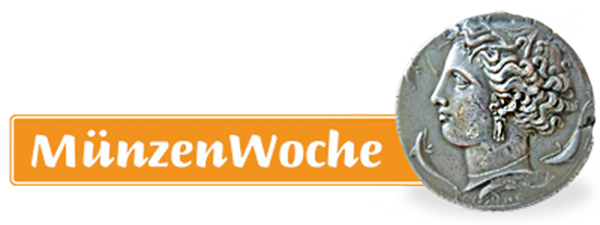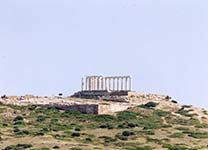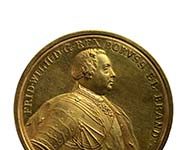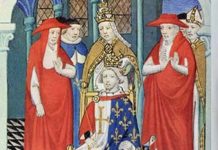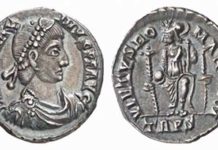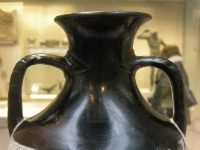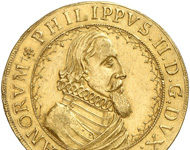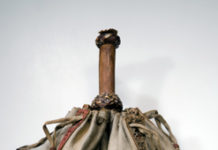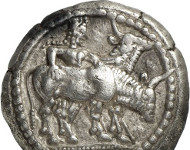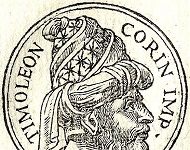The Laurion silver
But one day, one noon, I believed I had found it. I was at Sounion all by myself; the summerly sun was burning; the wounded pines dripped resin...
Parade of the “Lange Kerls” (Long Guys)
They were his special hobby, the “Lange Kerls” (Long Guys), Frederick William I of Prussia tested his military innovations on. He even had a medal dedicated to them.
Charles of Anjou and the Sicilian Vespers
19 children Frederick II had had but his family was to be wiped out only a few years after his death. The enmity of the Pope is to blame or that – and an extremely effective opponent…
Magnus Maximus or the Last Romans in Britain
Around 400 AD the Roman Empire was shaken to the core. Britain’s governor claimed himself Roman Emperor, but found his only long-lasting success in the Welsh mythology.
By examining 12 coins we are going to stroll through Great Britain’s history – this is part 1...
A fresh interpretation of the Portland Vase as depiction of the first wedding on earth
An ancient cameo vase has recently appeared on the market. It does not only captivate by its beauty. It resembles another famous object, the Portland Vase whose interpretation had been controversially debated for a long time. But a closer look at the “new finding” permits a deeper understanding of the Portland Vase as well.
The Siege of Strasbourg
During the 16th century, cathedral chapters were fiercely contested between the Catholics and Protestants. The 1592 bishop election of Strasbourg illustrates this sectarian conflict especially well by reference to several siege klippes.
Two Dukes in Pomerania
On January 31, 2013, a Pomerania collection will be coming up for auction at Künkers’. Here, we present two coins from the collection that are as different as the men who had them minted.
Bags – an interesting topic for numismatics, too
Did you ever wonder which item is the most important one in a lady’s handbag? No, not the iPhone – it’s the money bag containing money, ID card, credit cards… Actually, the handbag originated from the want to show as imposingly as possible how much money one had at one’s disposal. That can be seen in an exhibition in the Bayerisches Nationalmuseum.
A cownapper as royal role model
On 10 March 2014, an octodrachm of the Edones tribe will be auctioned off at Gorny & Mosch featuring on its obverse Hermes who, after just being born, stole the cattle from Apollo. One wonders why King Getas chose that scene to be depicted on his coins.
Sicilian Mosaic Part 10: Rescue by the Mother City of Corinth
After the murder of Dion, the ruler of Syracuse, his followers looked for help in Corinth, where the founding settlers of Syracuse had come from many centuries ago. And Timoleon in fact succeeded in stabilizing the Syracusan region.


